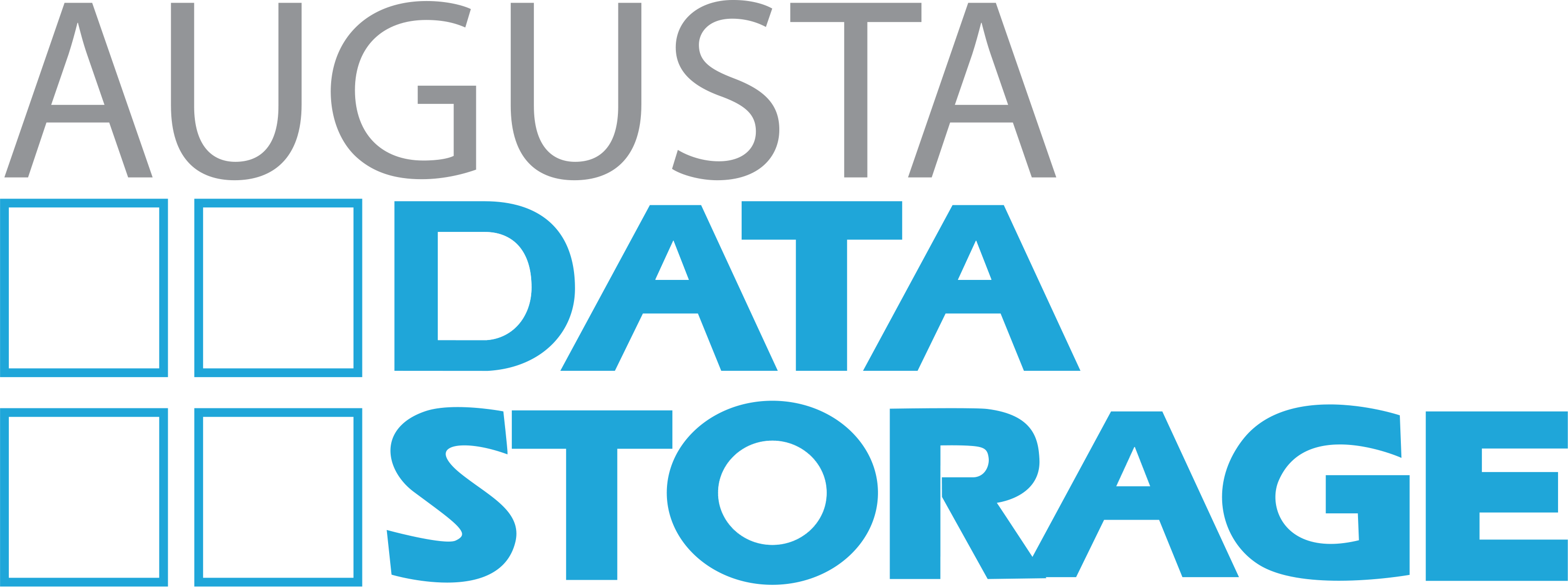Disaster Recovery Planning for Healthcare Records: Tactical Tips and Best Practices

Healthcare records form the backbone of any medical practice, serving as a comprehensive repository of patient data that facilitates effective treatment and care. With an increasing digitization trend in the healthcare sector, the importance of robust disaster recovery planning has escalated significantly.
Understanding the risk factors in medical records management
Healthcare records are susceptible to a myriad of risks, both digital and physical. Digital risks encompass cyber-attacks, data corruption, and system failures. Cybersecurity threats have been on a steady rise, with healthcare institutions being prime targets due to the sensitive nature of the data they handle. System failures or data corruption can result from software glitches or hardware malfunctions.
Physical risks to healthcare records include natural disasters such as floods, fires, or earthquakes, which can damage infrastructure and lead to loss of critical data. Other risks like theft or accidental destruction cannot be overlooked either.
The Consequences of inadequate disaster recovery planning
The consequences of inadequate disaster recovery planning in healthcare can be disastrous. The loss of critical patient data can not only hamper patient care but also lead to legal and compliance issues.
Financial implications of data loss or breach can be significant, considering the potential fines, lawsuits, and the costs involved in rectifying the situation. Moreover, any compromise on patient data can severely tarnish the reputation of the institution.
How to Build Better Backup Systems for Medical Records
These risks underscore the importance of having meticulous backups and recovery plans in place. Backups serve as a safety net, providing a copy of the data that can be restored in the event of loss. Onsite backups provide quick access and restoration, while offsite backups protect against physical damage to the primary location. Cloud backups offer scalability, accessibility, and cost-effectiveness but require careful consideration of data security and privacy concerns.
A well-thought-out recovery plan complements backups by outlining the steps to restore normal operations post-disruption. It should detail the recovery point objective (RPO), recovery time objective (RTO), and the roles and responsibilities of the staff during the recovery process.
Implementing best practices for disaster recovery in healthcare can significantly mitigate these risks. Consider these efforts to safeguard your information:
- Regularly update and test your disaster recovery plan ensures its effectiveness and identify any potential gaps.
- Implement data encryption measures and secure access controls to provide an additional layer of security against unauthorized access or breaches.
- Utilizing cloud storage for offsite backup to offer redundancy and protection against physical damage.
- Utilizing physical backups and off-site archives to protect against digital risks and natural disasters.
- Training staff on disaster recovery procedures equips them to respond effectively during a crisis, minimizing downtime and data loss.
Quick Guide to Medical and Healthcare Records Management
From the moment a patient enters the healthcare system, their information is meticulously managed to ensure accuracy, security, and accessibility. Here is a quick guide to help your medical practice safeguard patient information. Effective healthcare records management ensures:
- Security: Protects sensitive patient information from breaches or unauthorized access.
- Compliance: Adheres to regulations set by governing bodies like the College of Physicians and Surgeons of Ontario (CPSO).
- Efficiency: Facilitates easy access to patient records, promoting efficient healthcare delivery.
3 Critical Components of Medical Records Management
- Creation: The initial recording of patient information during consultations, procedures, or treatments.
- Maintenance: Regular updating of records to reflect ongoing patient care.
- Disposal: Secure destruction or archiving of records when no longer required.
Records Retention in Healthcare
Retention of medical records are outlined in laws at both the state and federal level and retention requirements can vary from six to ten years depending on the location, age, and type of information. For up to date information be sure to consult with a compliance officer and the latest federal and state-wide regulations.
Access and Transfer of Medical Records
Access to medical records is strictly regulated. Only authorized personnel have the right to view or alter these records. In certain scenarios, original medical records may be transferred to another registrant, bonded record retention facility, public hospital, or health authority. Effective records management programs detail specific restrictions and access requirements for patient records.
Challenges and Best Practices in Medical Records Management
Ensuring secure and efficient medical records management can present challenges, including maintaining patient privacy, ensuring data integrity, and meeting compliance requirements. Here are some best practices:
- Implement robust security measures: Use data encryption and secure access controls.
- Regular audits: Conduct regular audits to identify potential gaps and rectify them promptly.
- Staff training: Train staff on the importance of data security and records management protocols.
- Use of technology: Leverage technology to automate and streamline records management.
A Medical Records Management Partner You Can Count On: Augusta Data Storage
Disaster recovery planning is not optional but essential for any healthcare institution. It safeguards the integrity of healthcare records, ensures continuity of patient care, and protects institutions from financial and reputational damage.
To safeguard your healthcare records and ensure seamless recovery post-disruption, consider partnering with Augusta Data Storage. As a NAID AAA certified provider, we offer comprehensive records storage, management, and secure destruction solutions tailored to your needs. Contact us today to learn more about how we can help protect your critical healthcare records and ensure you’re prepared for any disaster.
